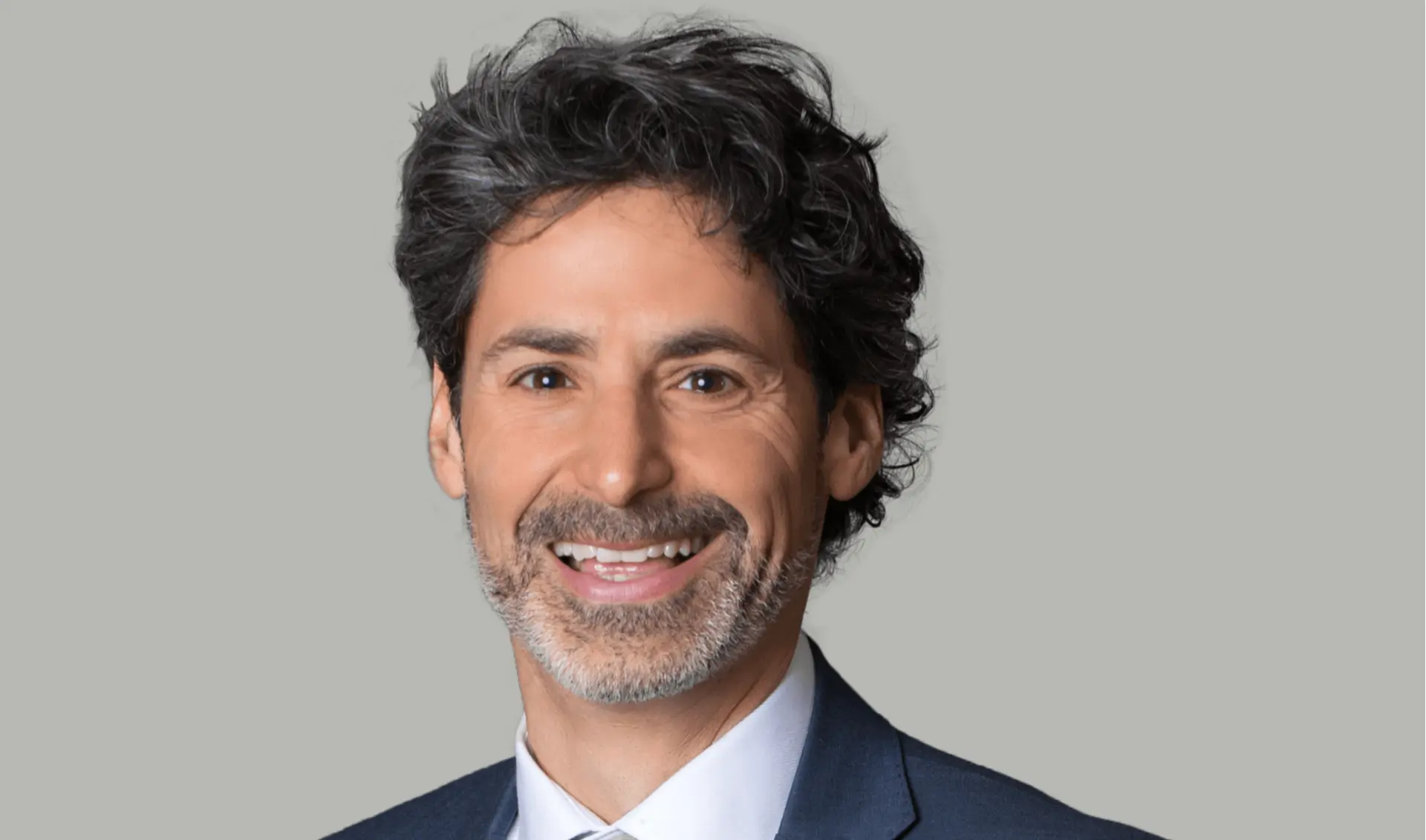How Injury Lawyer Charles Gluckstein Uses Generative AI, and Other Technology, in His Practice

Written By: Aidan Macnab, Canada Editor - Law, Canadian Lawyer, Law Times, and Lexpert.
A technologically under-serviced area, the legal industry is ripe for disruption, says Charles Gluckstein, managing partner of Gluckstein Personal Injury Lawyers. That is why he says legal tech is “exploding” right now. Among the tech innovations making the most waves in the legal profession and beyond, generative-AI-powered tools currently lead the pack.
Gluckstein’s firm uses generative AI in three ways: to summarize medical records, automate project management, and to perform legal research.
“I'm a fan of technology, and I like to experiment with different programs and bring them in,” he says. “I have adopted and experimented with as many as I think that are useful to our practice. I think of it at every stage of the case.”
This includes AI chatbots that help users navigate the website, and AI that assists clients fill out questionnaires which are then put into the project management tool. The project management tool has automated tasks that populate and remind various staff members of what they need to do. “And then, different AI will help them with their tasks,” says Gluckstein. For retrieving medical records, they use Medchart. The firm uses Filevine for case management, and it performs automated tasks such as texting clients, marketing, and tracking accounting documents. Filevine also builds analysis reports over time so that Gluckstein can track those records and outputs, and has built-in AI that summarizes documents, drafts questions for further information from clients and prepares questions for discoveries. It also has a document-assembly program that helps prepare precedent documents.
During research, the firm uses tools such as Alexi to help start facta and provide a memo of law on a specific issue to help illuminate whether they have a viable case or winning position on an issue in dispute, and to research the law around that. “What used to be weeks and weeks of research through books and libraries, and then was done as online research is now being done as almost a draft memo, which then you build off, and you look at the cases they cited, and then you take it further,” says Gluckstein.
Westlaw and Thomson Reuters have research tools coming out and they will have the challenge of competing with Microsoft and Google, who are also developing their own, he says.
The rapid pace of generative AI’s evolution raises a few concerns as well, says Gluckstein. While the information AI produces is persuasive it’s not necessarily verified. Accuracy is paramount, and hallucinations can get a lawyer into trouble.
Many of the generative AI tools operate off open-source databases, which are shared to further develop the technology, he says. Any information shared on such a tool is not private and will be shared with whoever has access to the network.
Generative AI also provides a false sense of security. “It's done all this work for you, and somehow you think it's shortcut your time,” says Gluckstein. “But in effect, because you have to fact-check everything, it may have increased the time in the short run.”
In a Goldman Sachs report from earlier this year, the bank predicted that generative AI could automate 44 percent of legal tasks in the US. So far, all this legal tech has not altered Gluckstein’s hiring practices, however.
“I have expanded our practice. The technology has certainly given me a step up. I find that with the use of our technology systems, we're able to practice in more areas. I was able to bring in other lawyers,” he says.
“With Alexi, it gives the lawyer the power to essentially punch above their weight class, because you don't need to delegate that research topic to an articling student or junior lawyer.”
Now that he no longer assigns that task to an articling student, they are free to execute other tasks and move other timelines up. Shedding staff has never been Gluckstein’s intention with technology.
“My intention was to use the technology to essentially make us more productive,” he says. “Instead of wasting time with the building blocks of an analysis or a project, we can now get to more projects, more often, and get that analysis and those answers done much more quickly.”
“We should be turning over the cases more quickly, getting our clients answers more responsibly, and being able to handle more volume of projects through the use of technology, so one person eventually will be handling double what they could handle before, in terms of their decision-making power.”
